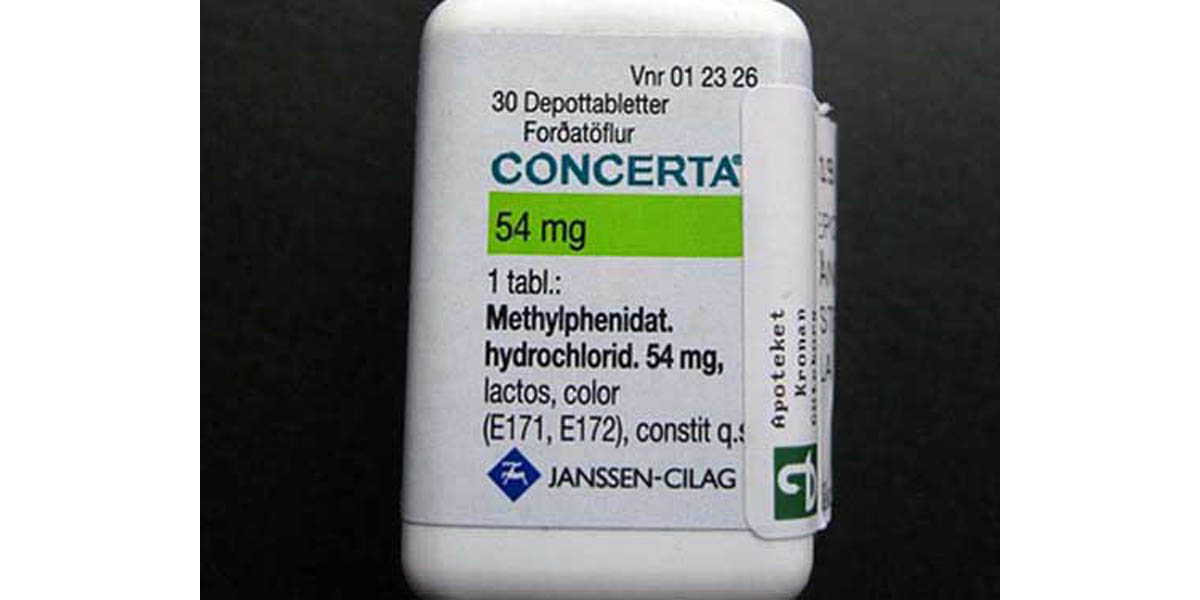Table of Contents
There are various types of medications used in the treatment of ADHD. They vary in their nature, or duration of action, or dosage. As no two patients of ADHD are identical in the nature of their symptoms, similarly, the treatment of ADHD also varies from one patient to the other.

Stimulants
The most promising of all medications available for the treatment of ADHD symptoms are the stimulants. They are considered as the first line of treatment for ADHD and are believed to be effective in 70% to 80 % of the children who have it. While some stimulants have been approved for use in children above 3 years, others can only be used in children who are six years old or above.
These medications are particularly useful for the symptoms of inattention. They help in improving the attention span so that the child does not lose focus of the activity in hand and is able to block his mind off all distractions. Stimulants are also effective in decreasing the symptoms of hyperactivity and impulsivity in hyperactive children, while they would have the opposite effect on typically developing individuals.
Stimulants also improve upon the child’s ability to follow commands and obey orders. They are found to minimize the exaggerated emotional responses of the patients. Because of these properties, stimulants are very helpful in improving the academic performance of the child, and help in improving his relationship with his classmates and his parents.
Stimulants used in present day treatment of ADHD are usually of two types:
- Methylphenidate
- Dextro-amphetamine
Both the groups have short acting, medium acting and long acting medicines. Both the groups are equally effective in managing the symptoms of ADHD as results of almost 22 studies show. The only difference is that individual children may be responsive to one group of medicines and do not show any response to the other group.
Although studies claim that stimulants can be effective for as long as 14 months, they are most effective when used for short term duration. The dosage of stimulants is not dependent on the weight of the child. Hence, the physician can start from low dose and increase it gradually till optimal response is seen. One should be vary of the side effects of stimulants. These include reduced appetite, problems with sleep, headache, stomach ache and social withdrawal. These side effects are usually seen initially during the course of treatment and are short term. They can be taken care of by either changing the dose of the medicine or its schedule. For example, if medicines have been prescribed for problems the child faces in the school, the schedule to be followed should be 5 days a week. About 15% to 30% of the children also experience motor tics which are again transient in nature.
Apart from stimulants, the other drugs that can be used in the treatment of ADHD include:
- Tricyclic antidepressants
- Bupropion
- Clonidine has been used occasionally with some success, especially in children with ADHD and sleep disturbances
Non-stimulants
Although stimulants are the drugs of choice in the treatment of ADHD, non-stimulants may be used in certain cases where stimulants fail to bring about the desired results. One such medication is Strattera. It is the first non-stimulant approved by the FDA for use in the treatment of ADHD in children, adolescents as well as adults. Intuniv is another non-stimulant approved by the FDA for treating children above the age of 6, and adolescents below the age of 17. Non stimulants are mainly important as they are known to improve the concentration power and control the impulsive behavior.
- “Attention Deficit/Hyperactivity Disorder (ADHD)”, last updated on January 24, 2013 by the Centers for Disease Control and Prevention, accessed on January 30, 2012.
- “Medications Used in the Treatment of Attention-Deficit / Hyperactivity Disorder”, by John M. Grohol, published on PsychCentral.com, last reviewed on July 6, 2012, accessed on January 30, 2012.
- “Attention Deficit Hyperactivity Disorder (ADHD)”, by the National Institute of Mental Health, last reviewed on Jan 29, 2013, accessed on January 30, 2012.
- Photo courtesy of adhd on Flickr: www.flickr.com/photos/adhd/3274333452
- Photo courtesy of adhd on Flickr: www.flickr.com/photos/adhd/3256181477


Your thoughts on this